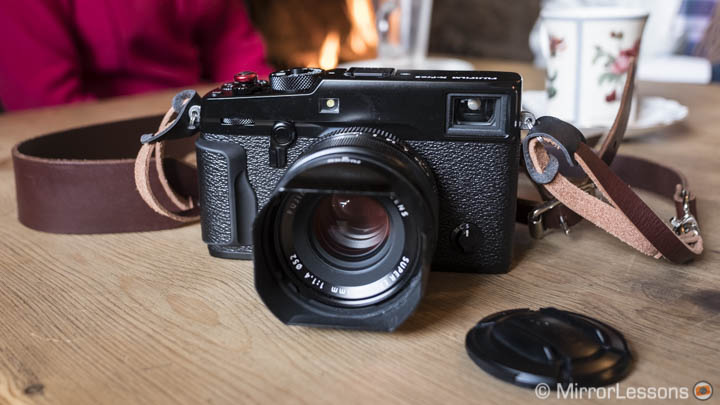
Unless you’ve been living under a very large rock, you’ve certainly heard of the new X-Pro2, the most recent interchangeable lens camera from Fujifilm. In addition to its new 24MP X-Trans III sensor, it also benefits from an updated autofocus system with more phase and contrast detection points, a hybrid viewfinder with electronic and optical options, a weather-sealed body and dual SD card slots, among other things.
While there were only three XF lenses available when the original X-Pro1 came out in 2012, the lens range has been updated to include no less than twenty different primes and zooms (without counting third party manufacturers such as Zeiss or Samyang), and even more are on the way.
Although all XF lenses are perfectly compatible with the new X-Pro2, some lenses are a better match than others.
Your choice will be highly influenced not only by how well the lenses balance on the camera, but also the genres of photography you plan to shoot. Note that the camera is capable of performing well for most genres of photography but its design can suits some better than others such as landscape, street, reportage, travel and portraits.
Ethics statement: The following list is based upon our experience with Fujinon lenses. We were not asked to write anything about these lenses, nor were we provided any compensation of any kind. All opinions we express are our own. Within the article, there are affiliate links. If you buy something after clicking the link, we will receive a small commission. To know more about our ethics, you can visit our full disclosure page. Thank you!
Best prime lenses for the X-Pro2
The rangefinder design and the optical viewfinder definitely make prime lenses the optimal choice for this camera. Here are the lenses we prefer for landscapes, street/reportage, portraits, and macro.
For landscapes
Zeiss Touit 12mm f/2.8
The Zeiss 12mm lens has been designed for both the Fuji X and Sony E-mount but because of the popular XF 14mm, it didn’t meet with great success. However there are some very valid reasons to consider this lens. First you can often find it at a discounted price and as a result, it can be cheaper than the XF 14mm. The optical performance is excellent with good sharpness from f/2.8 and across the entire frame when stopped down. The flare resistance is excellent and the field of view (18mm equivalent on 35mm format) might be more useful for architecture and small spaces. There is a firmware update available (version 1.03) that enables phase detection compatibility. The AF motor is fast enough with the X-Pro2 but not completely silent.
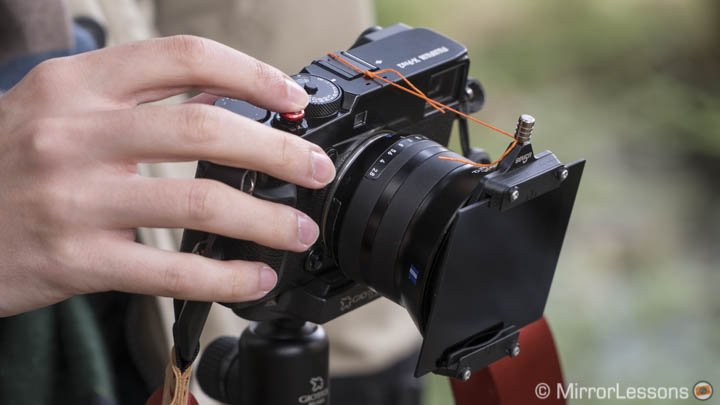
I can also share a personal tip if you are interested in using the smaller (and less expensive) filters from the Lee Seven5 series. Officially, the Touit 12mm is not compatible (you can verify this on the Lee Filter website). When the filter holder is attached via the 62mm adapter ring, there is vignetting at the edges. However, it so happens that the diameter of the lens hood matches the one of the filter holder so you can attach it to the lens directly without the need for an adapter ring. The filter holder remains close to the lens and there is no vignetting involved. To add extra security, I also tightened the holder to the flash hot-shoe cover with a thin cord as you can see in the photo above.
Check price at B&HPhoto / eBay
Samyang 12mm f/2 NCS CS
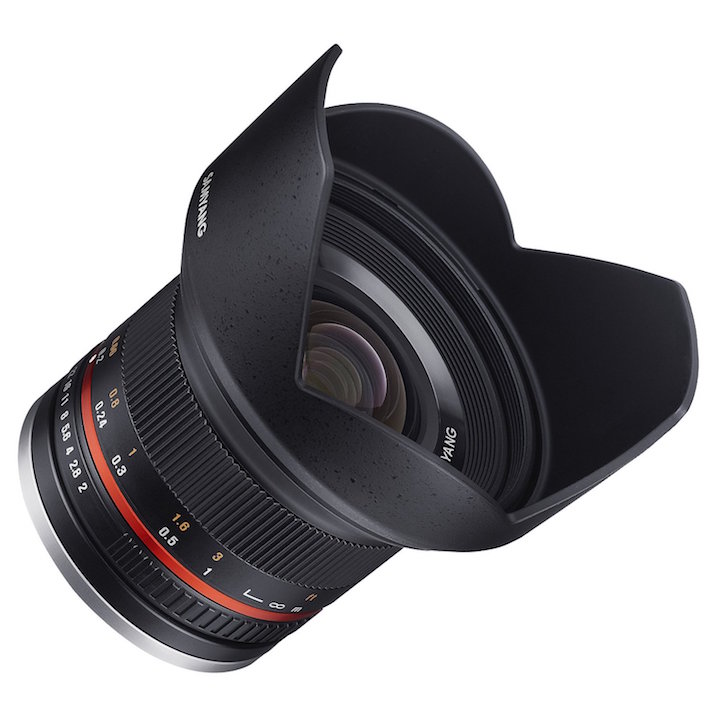
If you are looking at at more affordable solution for specific genres like astrophotography, you might find the Samyang 12mm f/2 a better option because of its mechanical focus ring (it’s a manual focus lens). It is also cheaper and its fastest aperture is welcome for Milky Way and star trail shots.
Check price at B&HPhoto / eBay
For street and reportage
XF 16mm f/1.4

We tested the XF 16mm in Canada last year when it had just been released and we enjoyed using it on the streets of Toronto. It has a 24mm equivalent field of view (35mm format) and gives you versatility for cityscapes and street shots. The fastest aperture of 1.4 provides good sharpness and it is useful for low light situations. It also gives you a decent shallow depth of field if you focus close to the subject. The focus ring can be clutched to switch to MF. The only thing we don’t like about it is the distance scale because it is too small for practical use.
Check price at B&HPhoto / eBay
XF 35mm f/1.4

While the new 35mm f/2 lens has some advantages like a faster AF motor and weather resistance, we are still quite fond of the f/1.4 version that was released four years ago. If you like to work with a shallow depth of field, I think the 35mm 1.4 is still a must have for Fuji users despite being one of the oldest lenses. The sharpness at f/1.4 is great and the bokeh pleasant. Its AF motor is slower but I still find it quick on the new X-Pro2’s AF system. However the AF motor is not silent. Its price is higher than the f/2 version but being an older lens, you can occasionally find some discounts or second-hand options.
Check price on B&HPhoto / eBay
Note: I’ve excluded the XF 23mm f/1.4 from this list mainly because we actually own a Fuji X100T (with a 23mm lens) and I wanted to make this list more personal. However, if you don’t own or wish to buy this camera and enjoy the 35mm equivalent field of view, know that the 23mm has very similar optical performance to the 16mm.
Best lenses to use with the OVF
A variation of the list above can be made if we take into account the optical viewfinder of the camera. To get the best out of it, you want a clear view of the frame without a large lens covering part of the frame in the bottom right corner. As such, it is better to choose smaller prime lenses. My recommendation would be the XF 27mm f/2.8 pancake lens because it has good optical quality and is really tiny. Street photographers might want a 28mm equivalent lens: the XF 18mm f/2 is as old as the XF 35mm 1.4 but is now affordable and the quality is still up to scratch.
For portraits
XF 56mm f/1.2

If portraits are your main priority with the X-Pro2, then the XF 56mm f/1.2 is a must-have in your bag. It is one of our favourite portrait lenses and you will get great results in combination with the Film Simulation Modes. The lens is very sharp from f/1.2 and the bokeh has real character. However it doesn’t have the fastest AF compared to some other XF lenses. Don’t bother with the APD version if you want to save money: the results are very similar and in our opinion the extra $500 isn’t worth spending.
Check price on B&H Photo / eBay
XF 90mm f/2
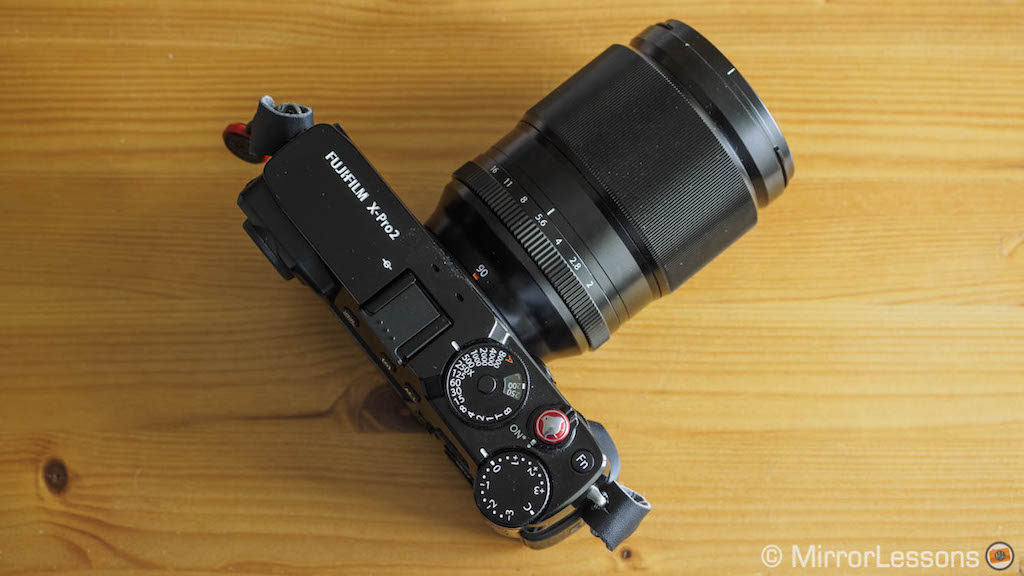
The XF 90mm is another excellent choice for portraits but there is more: its longer focal length (135mm equivalent), faster AF motor and weather sealing makes it more versatile than the 56mm for various genres like sports and events. Of course a portrait photographer could find both lenses useful but if you are looking for a telephoto lens capable of excelling for different applications, then the 90mm is the smarter investment.
Check price on B&HPhoto / eBay
For macro
Zeiss Touit 50mm f/2.8
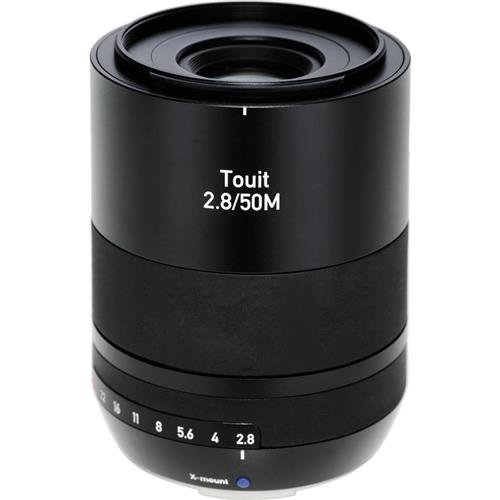
The Touit 50mm is currently the only 1:1 macro lens designed for the X system. You can update its firmware to enable compatibility with phase detection and the optical quality is excellent. You can even go beyond the 1:1 factor with Fujifilm’s macro extension tubes. The AF motor is noisy however.
Check price on B&HPhoto / eBay
Best zoom lenses for the X-Pro2
For travel
XF 18-135mm f/3.5-5.6
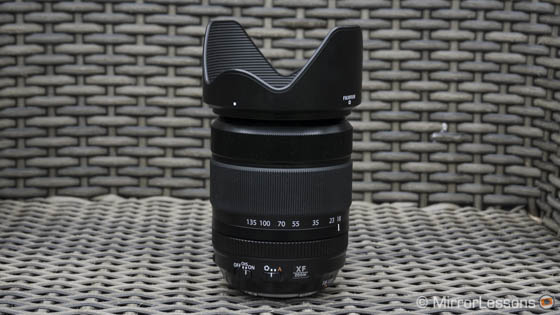
If you are travelling you might want to consider the versatility of a zoom lens. The 18-135mm left a very good impression on us for its sharpness and excellent optical stabilisation (5 Ev by CIPA standards). As an all-purpose solution, we can’t recommend a better zoom. Plus, the fact that it isn’t too large makes the camera/lens combo comfortable to use.
Check price on B&HPhoto / eBay
XF 10-24mm f/4
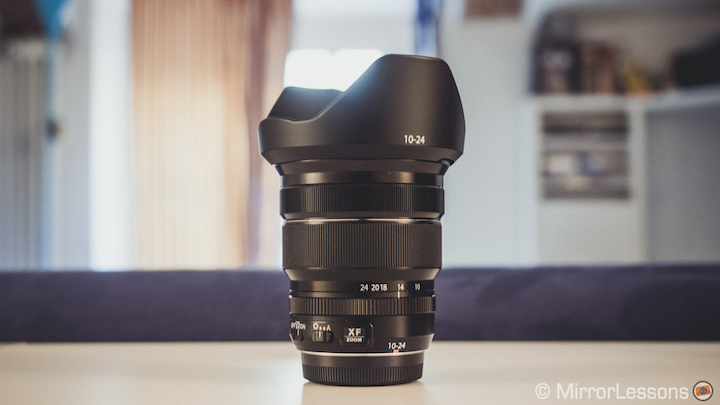
If you like to have a versatile wide angle lens that can offer extreme wide angle options, then the XF 10-24mm is the only choice. Sharpness is excellent once again, the optical stabilization does the job and the size and weight are more than acceptable on the X-Pro2 body. The f/4 constant aperture can be more limiting in some low-light situations but for landscapes and travel photography, it can be an excellent companion.
Check price on B&H Photo / eBay
About the larger zoom lenses
For professional photographers, the choice is quite obvious: the XF 16-55mm f/2.8 and XF 50-140mm f/2.8 give photographers the two f/2.8 professional zooms that are often a must-have for professional work. The need for high quality and versatile zoom lenses is often more important than size or weight.
For advanced amateurs, I would also consider the following:
- The X-Pro2 grip is good but not as good as it should be for larger and heavier lenses. There is an optional landscape grip to enhance this aspect.
- The viewfinder positioned on the left might not be ideal for some genres of photography like sports and wildlife. Personally we find the EVF at the centre more comfortable to use.
- The X-Pro2 is packed with the latest Fuji technology including a new sensor, AF system and dual SD card slot. But the X-T1 successor could be a more suitable camera for certain genres that require larger lenses. In the end it is a matter of personal choice but our suggestion is to use the X-Pro2 with medium and small lenses if possible.
An exception can be made for the XF 100-400mm and a specific subject: birds in flight. The lens is the heaviest you can find for the X-mount and you definitely lose the advantage of a smaller system. On the flip side, however, the optical viewfinder of the X-Pro2 can be an unexpected ally to track birds in flight: it gives you a wider view of the scene while the bright frame of the Zone AF displayed in the OVF helps you frame the subject. It is far from perfect and won’t please everyone but no other camera can offer you this option in the mirrorless realm.
In our video below, you can find out more about how we use the OVF of the X-Pro2 with the XF 100-400mm.
